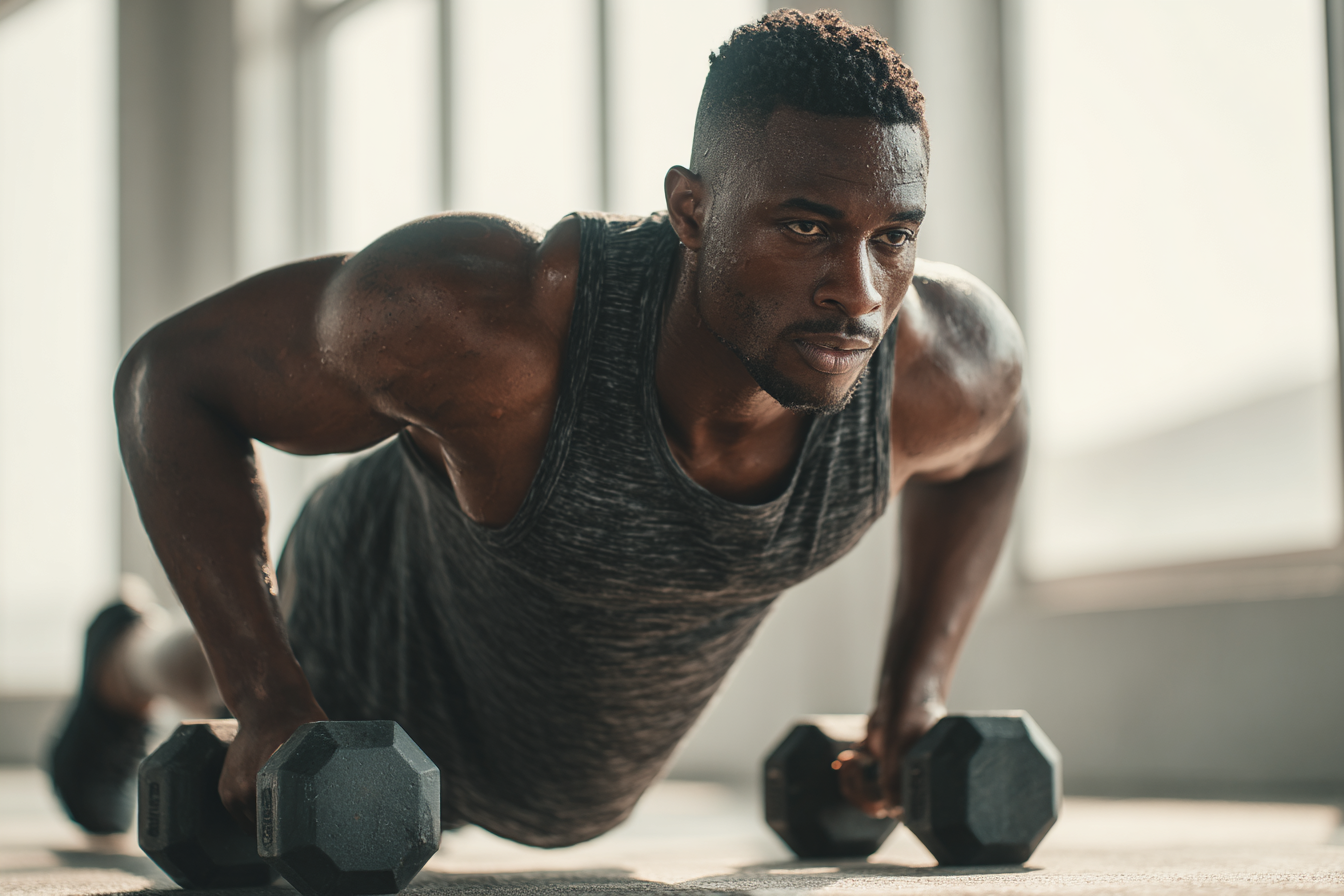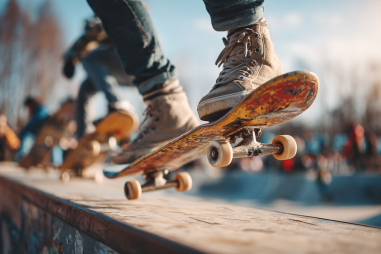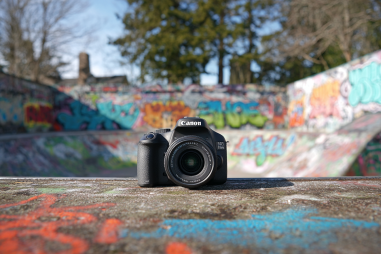Skateboarding is more than just a fun pastime—it’s a sport that demands a unique blend of balance, agility, and most importantly, strength. Whether you’re launching yourself off a ramp, grinding on a rail, or landing a complex trick, your muscles need to be conditioned to provide power, control, and endurance. Building a solid foundation of strength not only elevates your performance but also plays a crucial role in preventing injuries. In this article, we’ll explore how targeted strength conditioning can transform your skateboarding skills and help you skate smarter and longer.
The Role of Strength in Skateboarding
Strength is often an underrated component of skateboarding, yet it’s vital for executing tricks with precision and surviving the sport’s physical demands. Powerful muscles enable explosive movements, such as ollies and kickflips, while muscular endurance helps you maintain control throughout long skate sessions. Additionally, a well-conditioned body can better absorb impacts from jumps and falls, reducing the risk of injuries.
Beyond brute power, strength in skateboarding also contributes to balance and stability. Strong muscles stabilize joints, making it easier to maintain your stance on the board during rapid turns and landings. Put simply, the stronger you are, the more responsive and confident your skateboarding becomes.
Key Muscle Groups to Target for Skateboarding Strength
When it comes to strength conditioning for skateboarding, not every muscle is equally important. Focusing on specific muscle groups can yield the greatest benefits:
- Legs: The foundation of all skateboarding moves. Muscles such as the quadriceps, hamstrings, calves, and glutes generate jumping power and provide stability during landings.
- Core: A strong core is essential for balance, control, and transferring power from your lower body to your upper body. This includes the abdominals, obliques, and lower back muscles.
- Upper Body: While legs and core take most of the workload, upper body strength matters too, particularly in your shoulders, arms, and chest. These muscles help with pushing, maintaining balance, and protecting you in falls.
Effective Strength Training Exercises
Let’s break down some of the best exercises targeted at these key muscle groups, designed to improve your skateboarding strength.
Leg Exercises
- Squats: Whether performed as bodyweight squats or weighted with dumbbells/barbells, squats build powerful quads, hamstrings, and glutes needed for pumping and explosive jumps.
- Lunges: Great for improving balance and unilateral leg strength, lunges mimic the motion of pushing a skateboard and strengthen stabilizing muscles.
- Calf Raises: Strengthen your calves for improved control during ollies and landings.
- Box Jumps: Plyometric exercise that enhances explosive power by training your fast-twitch muscle fibers.
Core Exercises
- Planks: Build static core strength for overall stability.
- Russian Twists: Engage the obliques, which are essential for rotational control during tricks.
- Leg Raises: Strengthen lower abdominal muscles that help maintain proper posture on the board.
- Bird Dogs: Improve lower back strength and balance by stabilizing your core while moving opposing limbs.
Upper Body Exercises
- Push-Ups: Target chest, shoulders, and triceps for pushing strength and fall protection.
- Pull-Ups: Build back and arm muscles necessary for balance and control.
- Dumbbell Rows: Strengthen the upper back for improved upper body stability.
Bodyweight vs. Weighted Strength Training
Choosing between bodyweight and weighted training depends on your current fitness level, goals, and access to equipment.
Bodyweight training is excellent for beginners or those looking for functional strength without needing a gym. Exercises like squats, lunges, and push-ups can be performed anywhere and help build a solid base of strength and endurance.
Weighted training, on the other hand, allows you to progressively overload muscles, which is crucial for continued strength gains. Incorporating weights such as dumbbells, barbells, or resistance bands can increase the intensity of exercises like squats, lunges, and rows, building greater power needed for explosive skateboarding moves.
For best results, a combination of both methods is ideal. Start with mastering bodyweight exercises focusing on form and then gradually add weight as your strength improves.
How to Design a Strength Conditioning Workout for Skateboarding
Designing a workout plan tailored for skateboarding involves balancing strength, endurance, and recovery. Here’s a framework to guide your training:
- Frequency: Aim for 2-3 strength training sessions per week to allow for adequate recovery.
- Warm-Up: Start every session with dynamic stretches and light cardio to prepare your muscles and joints.
- Exercise Selection: Include multi-joint leg exercises (squats, lunges), core stability work (planks, leg raises), and upper body movements (push-ups, rows).
- Volume and Intensity: Use 3-4 sets of 8-15 reps per exercise, adjusting weight to maintain proper form.
- Rest Periods: Rest 30-60 seconds between sets for endurance; longer rests (1-2 minutes) if focusing on maximal strength.
- Progression: Gradually increase weights or reps over time to ensure continuous gains.
- Incorporate Plyometrics: Add exercises like box jumps and jump squats to develop explosive power.
Recovery Techniques to Optimize Gains
Strength conditioning isn’t just about working out; it’s also about recovery, which plays a pivotal role in muscle growth and injury prevention. Here are some recovery tips tailored for skateboarders:
- Rest Days: Incorporate at least one full rest day between strength sessions to allow muscles to repair.
- Stretching: Post-workout stretching improves flexibility and reduces muscle tightness.
- Hydration and Nutrition: Eating protein-rich meals and staying well-hydrated support muscle recovery.
- Foam Rolling: Helps alleviate muscle soreness and improve blood flow.
- Sleep: Aim for 7-9 hours of quality sleep as it directly impacts muscle repair and energy levels.
Safety and Proper Form Tips
In strength conditioning, technique is everything. Poor form can lead to injuries, undermining your skateboarding progress. Keep these pointers in mind:
- Start with lighter weights or bodyweight exercises and focus on mastering the movement pattern before increasing intensity.
- Maintain a neutral spine during exercises; avoid rounding or excessive arching your back.
- Engage your core throughout all movements to protect your lower back.
- Use controlled, deliberate motions rather than fast, jerky movements.
- Listen to your body—if you feel pain (not to be confused with muscle fatigue), stop immediately and reassess.
- If possible, get coaching or feedback from a trainer experienced in strength conditioning or sports-specific training.
Stronger Muscles, Better Skateboarding
Building your strength through targeted conditioning exercises is an investment that pays off every time you skate. Strong legs provide the power to launch higher and land more securely. A solid core keeps you balanced and in control, while a well-conditioned upper body helps you push longer and protect yourself during falls. Combining bodyweight and weighted training, following proper technique, and allowing time for recovery will amplify your skateboarding abilities and reduce injury risk.
Whether you’re a beginner just learning the ropes or an experienced skater looking to push your limits, prioritizing strength conditioning should be part of your training regimen. With dedication and thoughtful workouts, you’ll notice improved endurance, more explosive tricks, and a greater sense of confidence every time you roll out.







